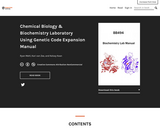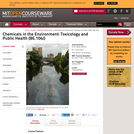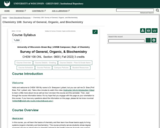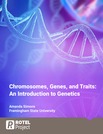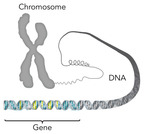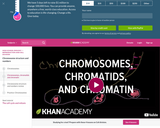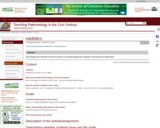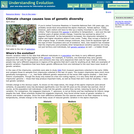
This resource is a video abstract of a research paper created by Research Square on behalf of its authors. It provides a synopsis that's easy to understand, and can be used to introduce the topics it covers to students, researchers, and the general public. The video's transcript is also provided in full, with a portion provided below for preview:
"The development of long-read sequencing has allowed for the generation of more complete and contiguous genomes in metagenomics studies. However, long-reads are more prone to sequencing errors than short-reads, and these errors can end up incorporated in the draft genomes. Combining short- and long-reads can overcome such errors, but is computationally taxing. To avoid this, researchers developed the ‘Hierarchical Clustering Based Hybrid Assembly (HCBHA) approach.’ This approach first groups the long- and short-reads into candidate bacterial haplotypes and then assembles each group separately, which reduces the computational demand . Researchers tested this framework on a microbiome from activated sludge, an important part of wastewater treatment. The highly complex microbiomes found in activated sludge remove pollutants from wastewater..."
The rest of the transcript, along with a link to the research itself, is available on the resource itself.
- Subject:
- Biology
- Life Science
- Material Type:
- Diagram/Illustration
- Reading
- Provider:
- Research Square
- Provider Set:
- Video Bytes
- Date Added:
- 01/11/2022

